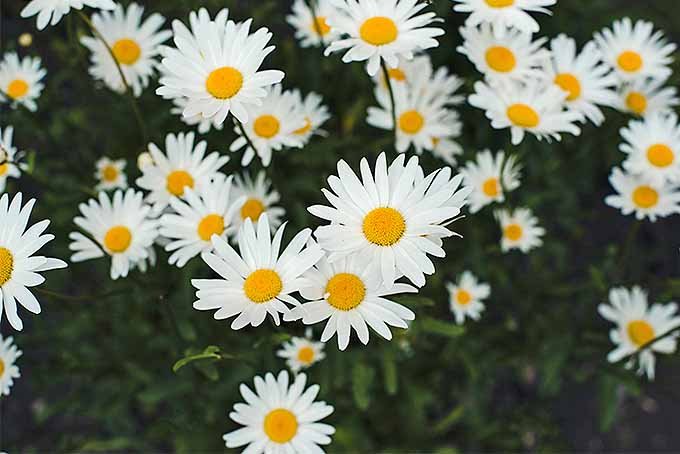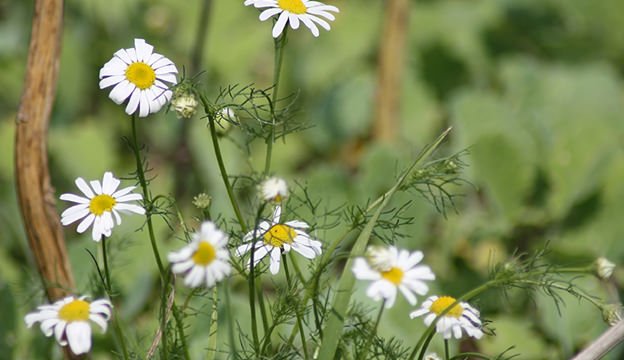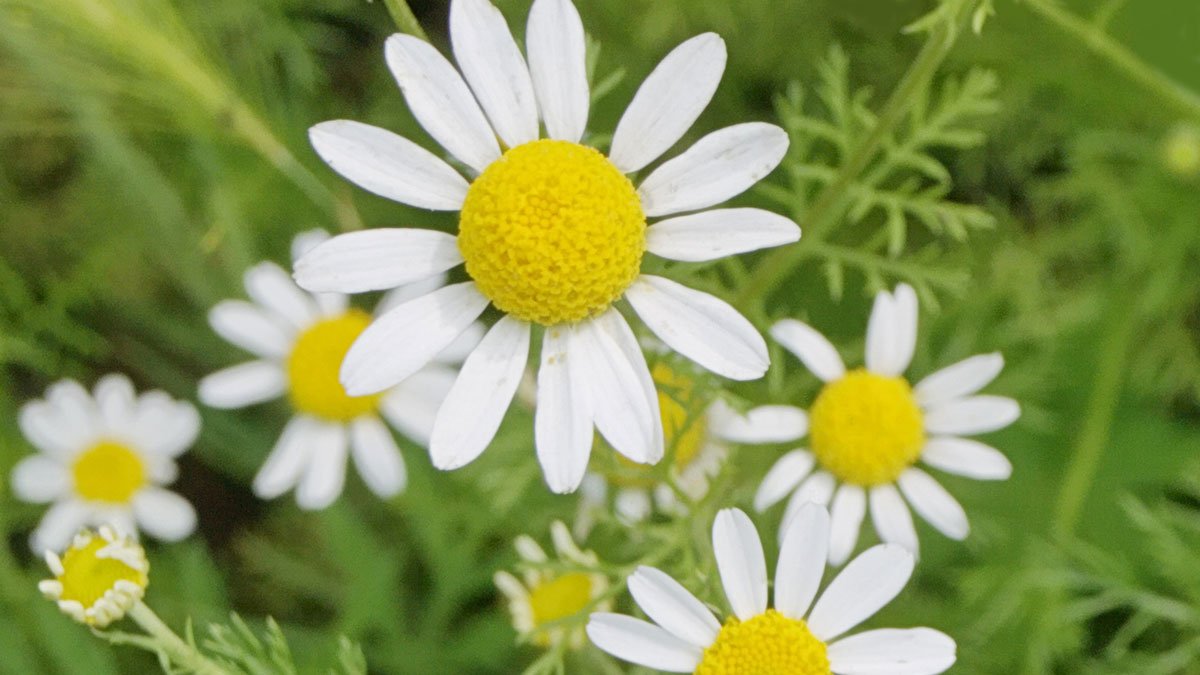It is Commonly called pinhead, scented mayweed, and babuna, the latin name for this pleasant flower is Matricaria chamomilla, translating to “water of kids.” It’s a plant local to valuable and southern Europe, although it has unfold some distance and wide around the globe.
It became used in historical Greece, Egypt, and Rome as an herbal remedy for illnesses ranging from hay fever to menstrual problems, infection, insomnia, muscle spasms, gastrointestinal ache, and rheumatic pain.
More popularly, the dried and crushed flora and leaves have been used to brew a calming tea, seemingly with the gain of helping a deep sleep and calming belly pain. It is grown in huge volumes in contemporary-day Hungary, in which the plant is typically exported to Germany for processing.
Also read about how to grow Lobelia follow on flowerworld
Care of Chamomile
German chamomile (Matricaria chamomilla) is an annual plant, however, it self-seeds so without problems, you may think it’s a perennial just like Roman chamomile (Chamaemelum nobile). Both are easy to care for in a garden and require only a few extras to thrive. German chamomile produces extra abundant flowers, while Roman chamomile takes the medal for extra aromatic blooms.

Chamomile isn’t always generally notable as a bedding plant—it tends to be too floppy and insignificant whilst paired with extra formal and enforcing flowers. However, it could be used for underplanting in an herb or vegetable lawn, to soften rock wall edges, and is a good candidate for packing containers.
Harvest the chamomile flora when they’re fully open. They may be used fresh or dried. When dried, save the plant life and leaves in a cool, darkish environment in an air-tight container (or frozen). If you find that the leaves make your tea too bitter, simply harvest the flora.
How to develop Chamomile
Both Roman and German chamomile develop well in both full solar or partial color. The vegetation will flower first-class in complete sun, but in hot climates, a bit of partial color is a better desire to avoid burning the delicate blooms.
Both variations of chamomile will flower great if grown in wealthy, organic soil. They can live to tell the tale in poorer combos, however it will frequently reason their stems to be floppier. Chamomile isn’t specific about its soil pH, preferring a neutral range of between 5.6 to 7.5. Water young chamomile vegetation about an inch according to week. It’s best to permit plant life to dry out between slight waterings. However, in extremely warm climates, chamomile will appreciate a bit more moisture. Chamomile is able to thriving in any summer weather below one hundred degrees Fahrenheit. It prefers a mild temperature range among 60 to sixty eight levels Fahrenheit. Because it’s drought-tolerant, it does thrive in excessively humid areas. Chamomile does not want fertilizer; it grows speedy with none precise need for feeding.

How to grow chamomile
Chamomile is straightforward to begin from seed. Start seeds indoors about six weeks earlier than the remaining predicted frost. Chamomile seeds want light to germinate, so scatter the seeds and press them firmly onto the soil, however do no longer cover the seeds with soil. Water often, and that they must germinate in seven to fourteen days. You also can direct-seed chamomile exterior, though you’ll get higher germination in case you do that in the fall and allow the seed stratify over iciness for a spring crop.
How to bloom Chamomile
Chamomile blooms are small with yellow centers and white petals; they appear to be miniature daisies. The plants have a sweet, herbaceous aroma, and bloom in the spring and summer season. The satisfactory way to get your chamomile to bloom is by means of presenting it direct, full-sun—it could no longer bloom if it is shaded. Other than that, this plant is excellent-easy: no deadheading or fertilizer needed.

Pests & Disease of chamomile
Most bugs live clear of chamomile. Chamomile is used as a cucumber pest deterrent. However, aphids and thrips can sometimes be a trouble. Both can be washed off the plant or dealt with with insecticidal cleaning soap.

